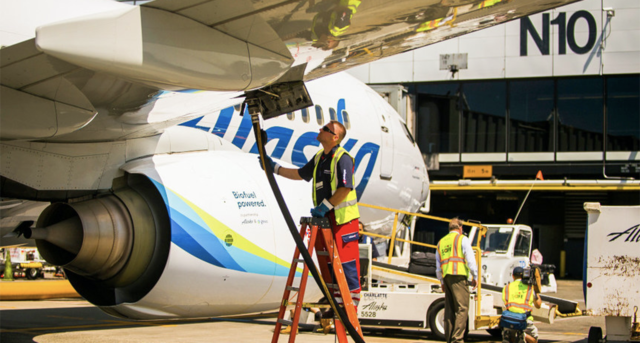Maverick Australian Biologist, Johannes Fritz, is saving the endangered ibis from extinction, one flight at a time. Biologically every winter migratory birds fly in their usual patterns south, and the northern bald ibis are no different. In order to survive the European winters, this species flies south over the Alps at a time before the mountains become impassable from snow fall and aggressive winds. But, recent changes in weather patterns and conditions have delayed these birds from migrating. Their usual early flight start has now been pushed too late, cornering them within the mountains at the height of icy conditions. But, Fritz is determined to keep this species alive.
Usually found in captivity, the northern bald ibis were consumed by Europe about 400 years ago, only leaving a few to survive within perimeters. Fritz has spent his biological career reintroducing the birds into the wild and teaching them the necessary survival skills, such as migration. Ibis younglings became Fritz’s students, looking up to him as their sole provider of food, shelter, and guidance; following a natural pattern that the usual adult ibises would. Fritz took his students to new heights and carved a new migration path in the sky. Modifying an ultralight aircraft, a three-wheeled vehicle attached to a propeller and parachute canopy, Fritz developed a way where he could teach the younglings to fly and migrate, while keeping in tandem at a low speed. The route he originally taught the birds to fly across is no longer viable, as climate change has corrupted many passages within the skies.
After multiple attempts last winter [2022], Fritz found their migration progress to be too much for them to handle. Food sources were low, their feathers were coated in snow, and the warm air flow was too weak at the time in November for the birds to soar with ease through the mountains. He eventually became their personal escort service, caging and strapping the birds on his aircraft in order to deliver them safely south. After sustainability became an issue, he turned to new paths discovering a longer, but more viable flight path. At about 2,500 miles long (three times longer than the original), and flying at 25 miles per hour, the trip is expected to take six weeks total.
His extensive training in the field of Biology, and personal experience growing up on mountain farms, Fritz has become enamored with natural life-forms, usually those that are seen as inferior to other scientists. That’s why he chose the northern bald ibises as his main point of focus—to bring their species beyond extinction, when many would have turned their backs out of frustration. His remarkable creativity, bravery, and passion for nature has brought a whole new meaning to dedication.






.jpg)









